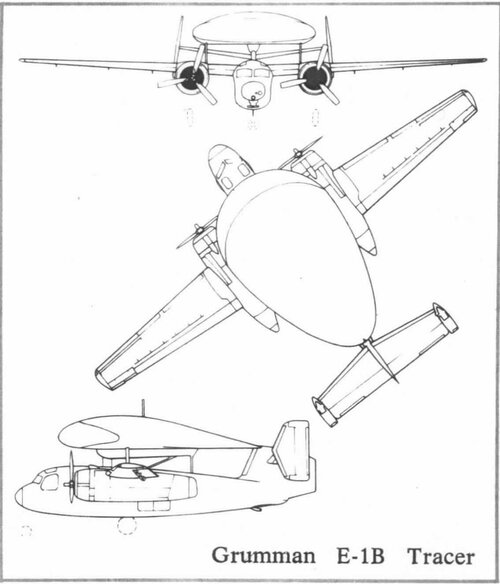Because they weren't any better at their job than say, an A-4 Skyhawk. In real terms, the Tiger was only marginally faster (IIRC, it could only go supersonic if it was clean or in a dive) and had roughly the same range. They were retired from front line service by 1961 (to really blow your mind, the Navy was starting to retire the type even before Grumman delivered the last airframe), a few were used as trainers until 1967, and a few more were flown by the Blue Angels until 69. So if you want Tigers, you need to either order them prior to 59 when the line closed (incidently this is why Grumman first developed and then subsequently offered the Super Tiger to Canada in the first place), or you need refurbished ones from out of the Boneyard. Keep in mind, Grumman stopped making parts for the Super Tiger around then as well. So spares will be an issue as the USN will have been cannibalizing the retired airframes for their own needs to keep their trainers and Blues aircraft flying.

